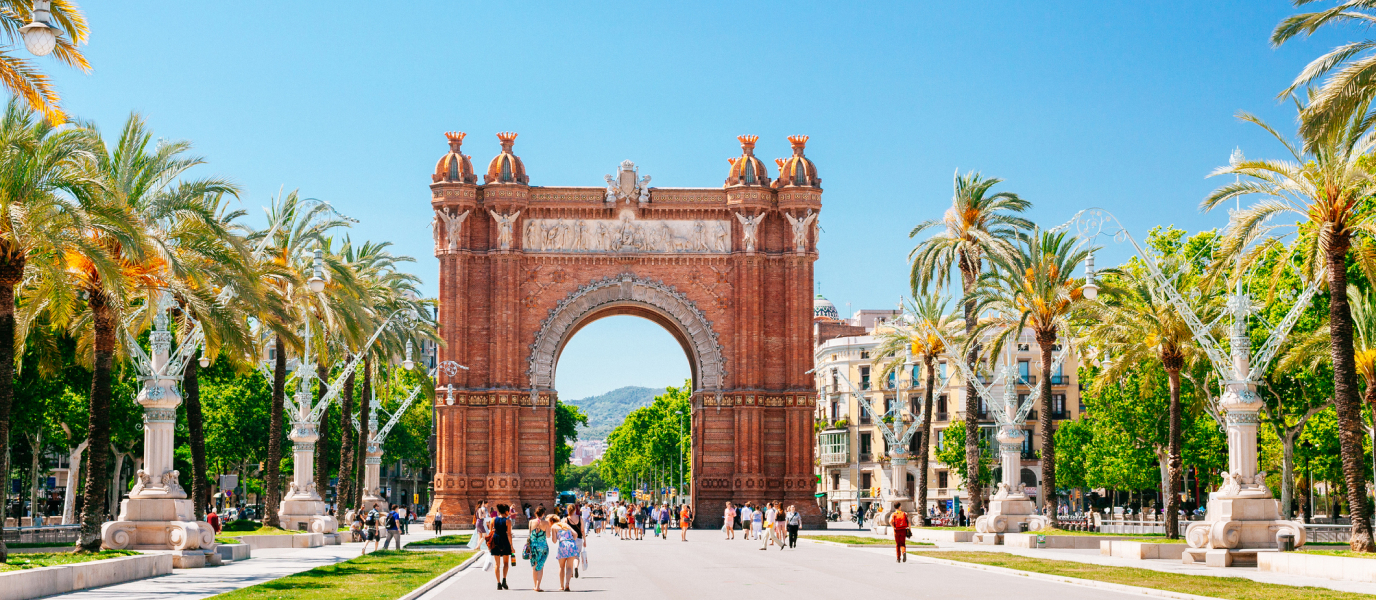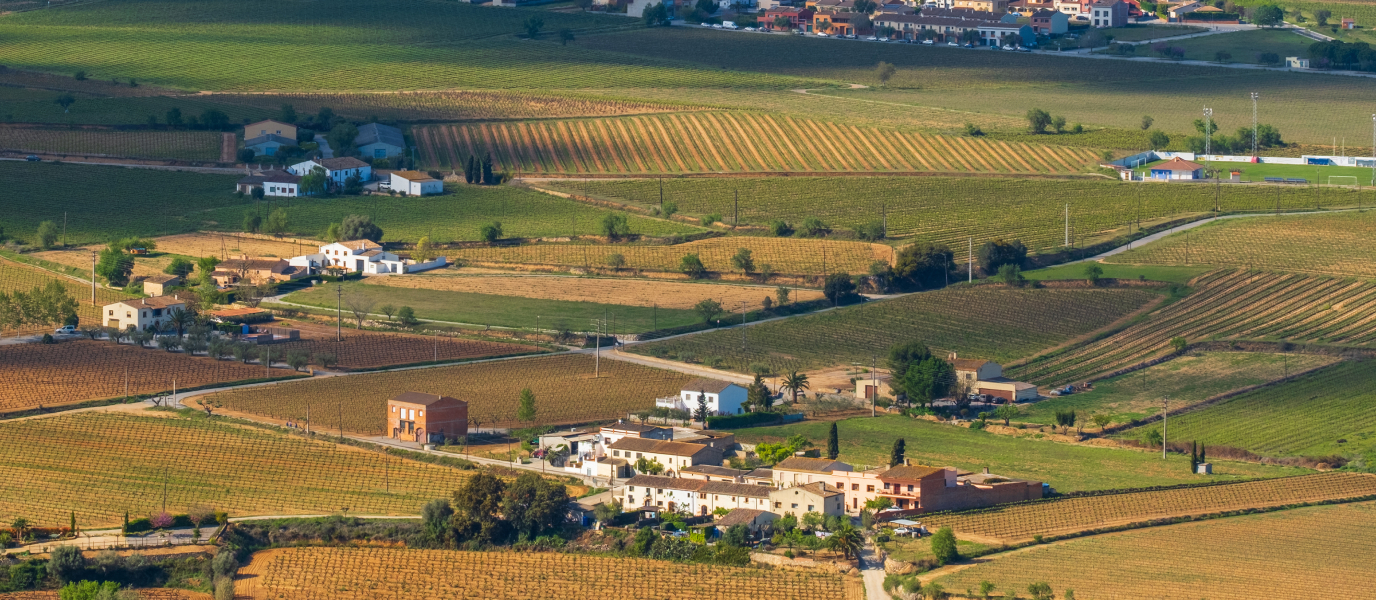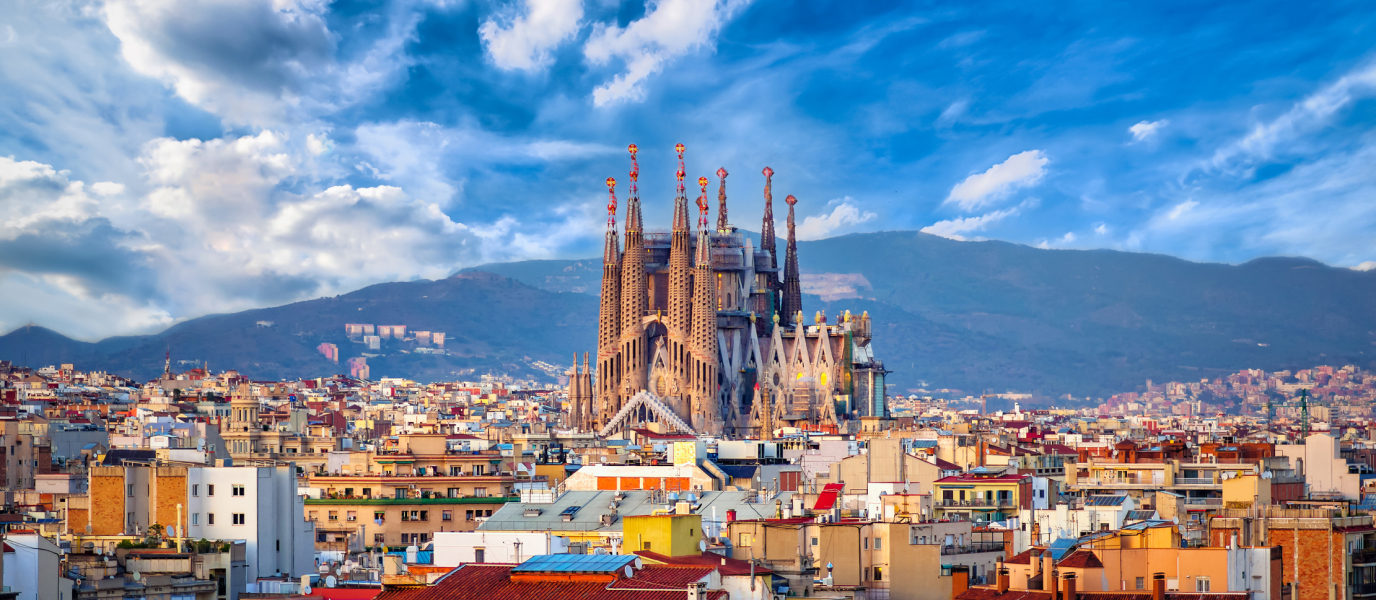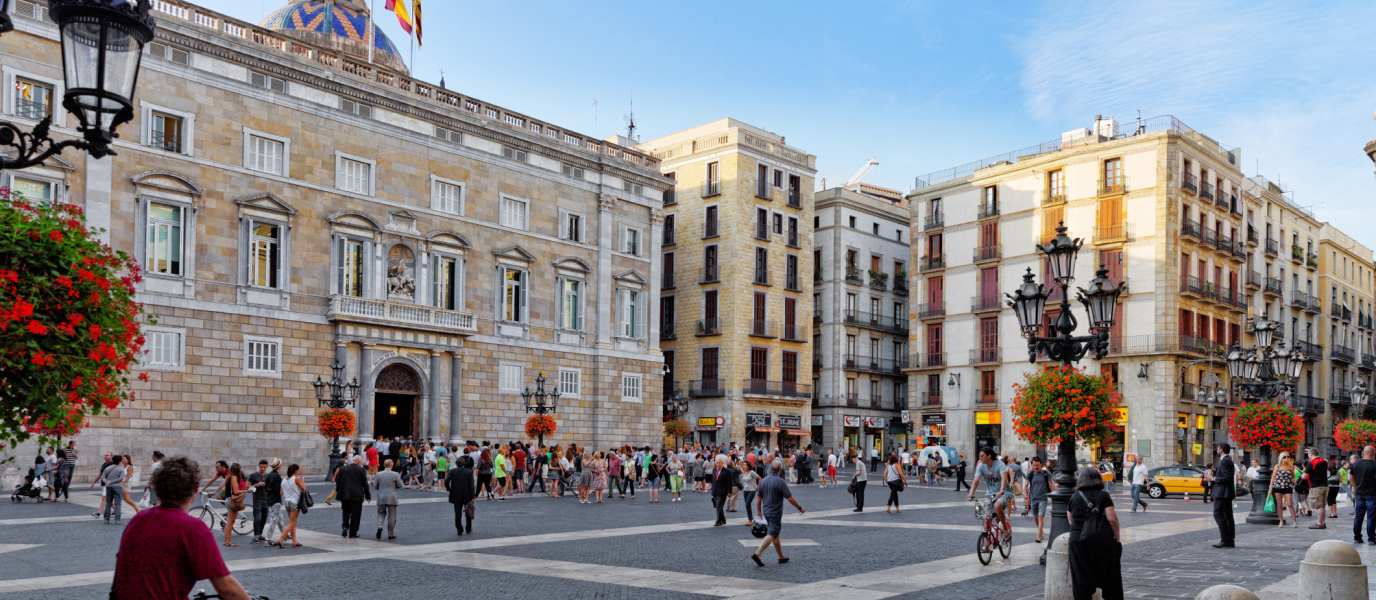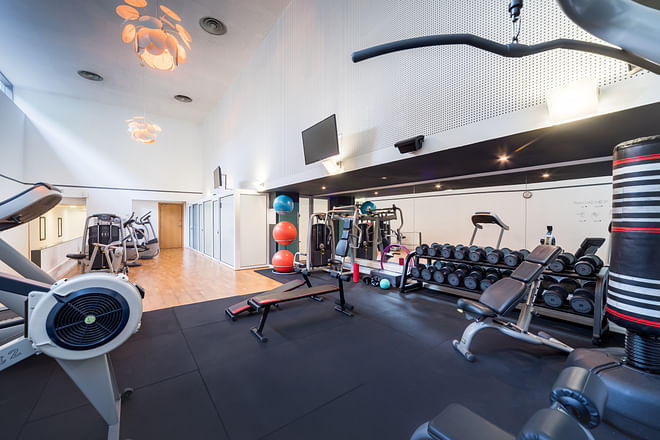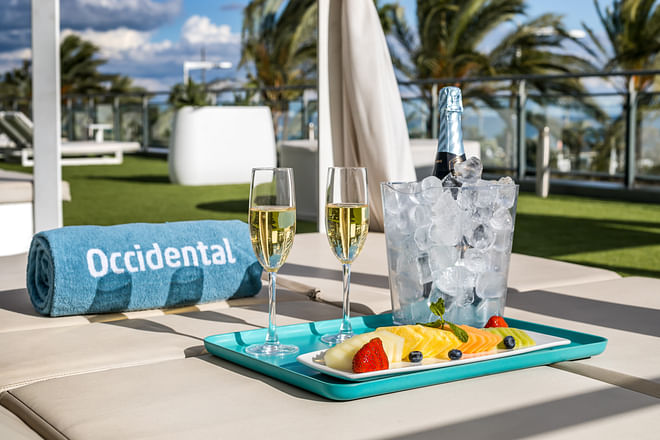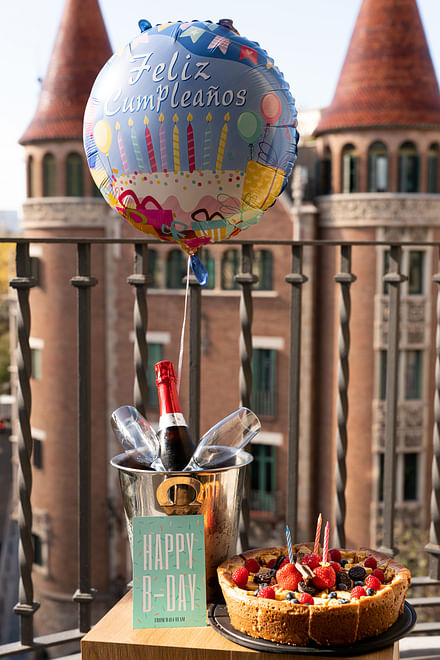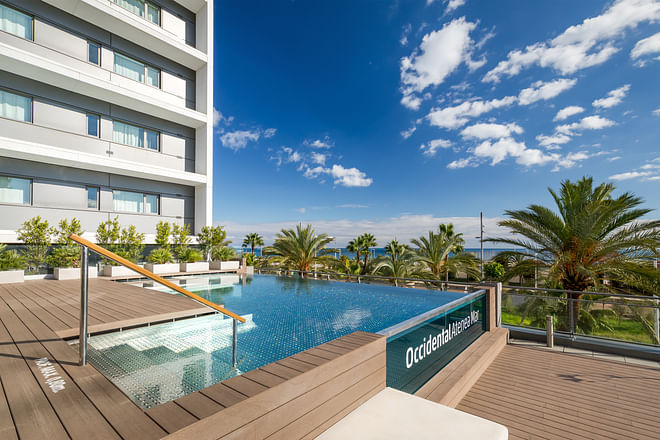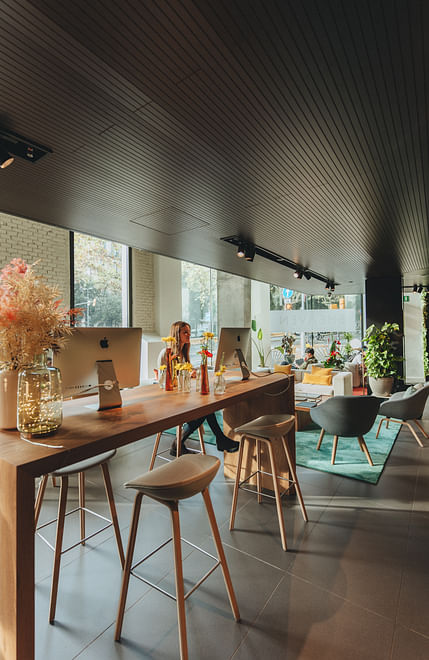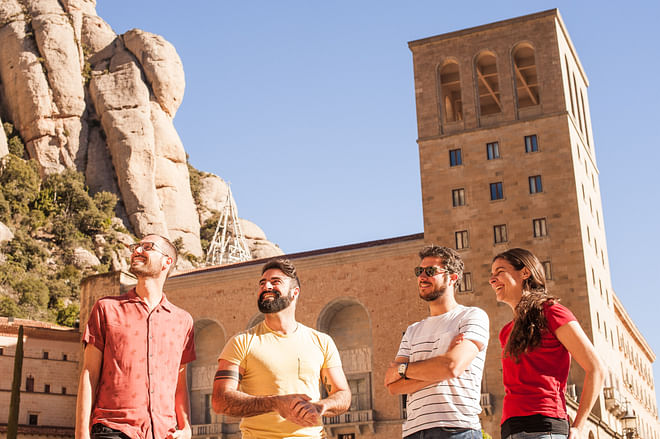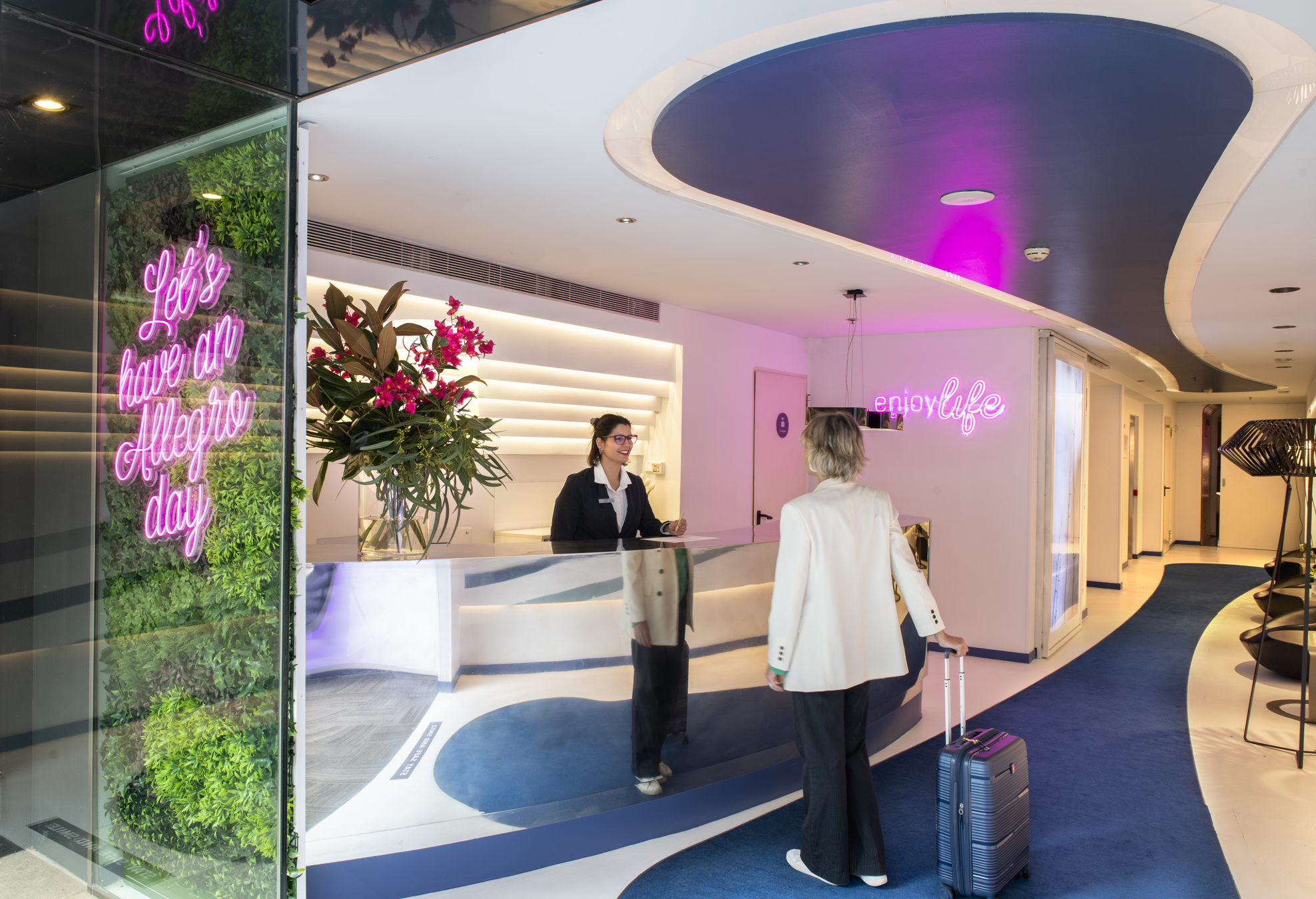20 May 1888. Amidst the bustle and cheer generated by the World Fair that had begun in April, the Barcelona city authorities inaugurated a monument that was not only to serve as the entrance to the Fair but also symbolically became the city’s gateway to modernity. This was the starting point for this “city of wonders” that from a state of poverty and inaction was to reach such high levels of prosperity in the twentieth century, as was so admirably described by author Eduardo Mendoza in his famous novel. All this is represented by the Arc de Triomf, designed by the architect Josep Vilaseca, an arch that far from commemorating a military victory, as these constructions usually do, is a civil monument that celebrates the artistic, scientific and economic progress of the Catalan people.
The entrance to the World Fair of 1888: both classical and modern
Situated where the Passeig de Sant Joan meets the Passeig de Lluís Companys, the Arc de Triomf still stands where it was opened 131 years ago. At that time however it presided over what was called the Saló de Sant Joan, the avenue leading to the site of the Barcelona 1888 World Fair in the Parc de la Ciutadella. It is said that on the day of the inauguration the architect Josep Vilaseca was very nervous because he was afraid that a calculation error might mean that the construction would collapse when the scaffolding was removed. In order to reassure him, his friend Gaietà Buigas, who was also an architect, stood under the arch at that precise moment. Fortunately, as we can see today, nothing happened.
As the city’s letter of introduction and welcome to the world, the arch combines classical lines with an air of what at the time was considered modern. Thirty metres high, it is an arch of classic proportions, but it is built in exposed red brick and is inspired by the Neo-Mudéjar style, which was much in vogue at the time. Its friezes and sculptural elements, which are the work of the sculptors Josep Reynés, Josep Llimona, Antoni Vilanova, Torquat Tasso, Manuel Fuxá and Pere Carbonell, also had a part in making it an innovative monument for the end of the nineteenth century.
The main frieze depicts Barcelona, in the form of a figure flanked by the goddesses Cybele and Pallas Athena, welcoming the 22 countries participating in the Fair. On the back frieze, known as La Recompensa, Barcelona is seen presenting prizes to the winners. Both of these reliefs are topped by the coat of arms of the Spanish Crown, flanked by two lions that support the pillars of Hercules. The friezes on the sides of the arch are allegorical representations of Agriculture, Industry and Trade on one side; and the Sciences and Arts on the other. The monument is crowned on each side by Les Fames, several winged figures that symbolise the city’s glory. Placed around the archway itself are the coats of arms of the 49 Spanish provinces, topped by the coat of arms of the city of Barcelona.





























































